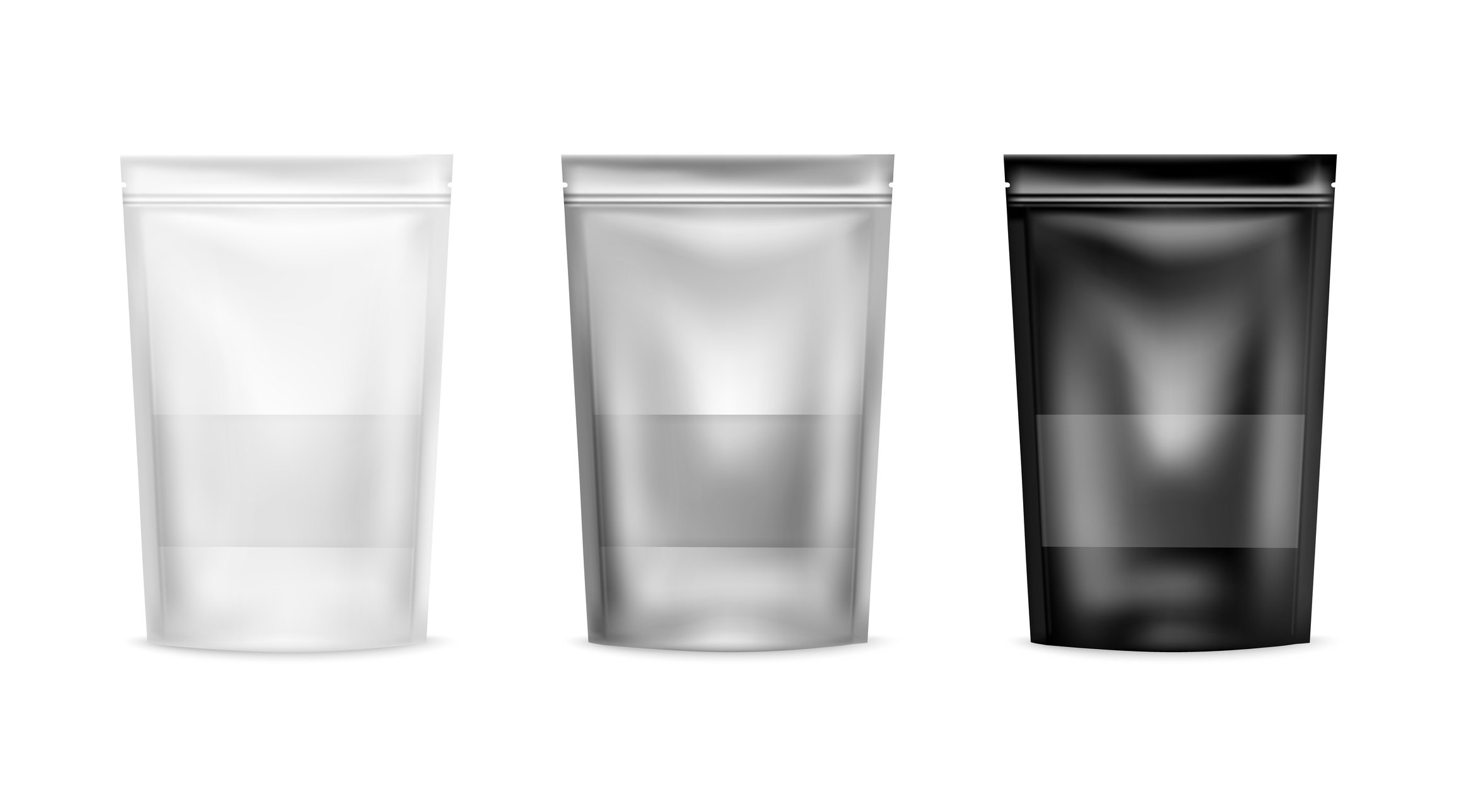Improve the Customer Experience and Realize Production Benefits with this Packaging Concept
Customers today place a premium on convenience and ease of use. If your products are difficult to access, or even open, in their packaging, it’s more likely than ever to reflect poorly on your brand and drive down customer engagement. However, by embracing the concept of frustration free packaging (FFP), every business could potentially increase a favorable reception of the goods they produce.
Today, we’re diving into frustration free packaging, what it means, the key features that define it, and the benefits it presents for both consumers and manufacturers.
Understanding Frustration Free Packaging
The primary purpose of frustration free packaging is to enhance the overall user experience. It’s about making the interaction between customers and products as smooth and hassle-free as possible. This concept isn’t just a passing trend; it has roots in the e-commerce giant, Amazon.
Amazon, the e-commerce behemoth known for its vast selection and customer-centric approach, played a pivotal role in popularizing frustration free packaging. In 2008, the company introduced this concept as a response to the common complaints of customers struggling with traditional packaging. These grievances often revolved around excessive use of plastic, difficult-to-open packages, and the sheer frustration of trying to access the product inside.
This initiative led to the development of frustration free packaging guidelines. Manufacturers were encouraged to create packaging that was easy to open, contained minimal excess material, and used environmentally friendly materials.
Key Features of Frustration Free Packaging
Minimalist Design
One of the hallmarks of frustration free packaging is its minimalist design. It eliminates unnecessary layers of packaging and focuses on the essentials, reducing waste and making it easier for consumers to access the product. Anything unnecessary to the protection and shipping of the product is removed for the packaging design.
Easy Accessibility
You’ve waited days or weeks to get your hands on the product you ordered. The last thing you want is to find additional tools to actually get to it now that it’s in your home. Frustration free packaging often includes features like tear strips, perforations, or slide-out trays that eliminate the need for scissors, knives, or excessive force.
Environmentally Friendly Materials
As consumers have placed more importance on buying from companies that enact sustainable and eco-friendly policies, businesses have responded to show their commitment in this area. Frustration free packaging is part of this response and emphasizes the use of sustainable materials and limits the use of non-recyclable materials.
Along those same lines, this packaging concept adheres to a commitment of reducing excessive plastic in all forms — from box fillers to cling wrap. Reducing plastic waste is a key driver for frustration free packaging.
How Frustration Free Packaging Benefits Consumers
Ease of Opening
The most immediate benefit for consumers is how FFP allows them to enjoy opening the package. They can say goodbye to struggling with layers of plastic, tape, and cardboard, opening the box is a breeze, and the product is readily accessible.
Enhanced User Experience
The whole experience of receiving and opening a package is transformed when FFP is implemented. Stress and frustration is reduced because the customer isn’t dealing with multiple packaging layers or excess materials, and they feel better about the purchase because sustainability practices are followed. All of this helps build more customer satisfaction and brand loyalty.
How Frustration Free Packaging Benefits Manufacturers
Cost Savings in Packaging Production
Manufacturers benefit from FFP because they are saving on packaging costs; they’re using less material in the packaging design and simpler designs. This can offer substantial savings in shipping, while still achieving product protection in transit.
Reduced Returns & Complaints
When customers can easily open the box and access the product without the need for additional tools or increased effort, they are less likely to damage the product in the process. With frustration free packaging there are fewer things that can go wrong, and you’ll see fewer returns due to packaging-related issues.
Meeting Sustainability Goals
We’ve touched on this already but it bears repeating. Sustainability matters to consumers today and employing FFP helps manufacturers meet their environmental goals. It offers proof you believe in the cause, promotes responsible packaging practices, and reduces the use of non-recyclable materials.
Challenges and Limitations
Balancing Sustainability and Protection
FFP does offer some challenges and shouldn’t be used without the help of an expert packaging partner. For instance, it can be challenging to strike the right balance between sustainability (use fewer materials) and ensuring product protection. While reducing excess packaging is essential, it shouldn’t compromise the safety and integrity of the product during transit.
Transitioning from Traditional to FFP
Switching from traditional packaging practices to frustration free packaging can be a logistical nightmare without the right support. You’ll need to adjust some of your internal processes and take a close look at supply chain management.
Consumer Education & Perception
You need to know your customers. Some may be unfamiliar with FFP and could view it as less protective or of a lower quality at first. Effective communication is needed to clear this potential hurdle.
Need Help with Your Packaging? Partner with PPC Flex
Interested in exploring new possibilities with frustration free packaging? Trust PPC Flex to work with you to navigate the challenges of switching from a traditional approach to one that more aligns with your sustainability goals and upgrading the customer experience.
Get in touch with us today to get started.
